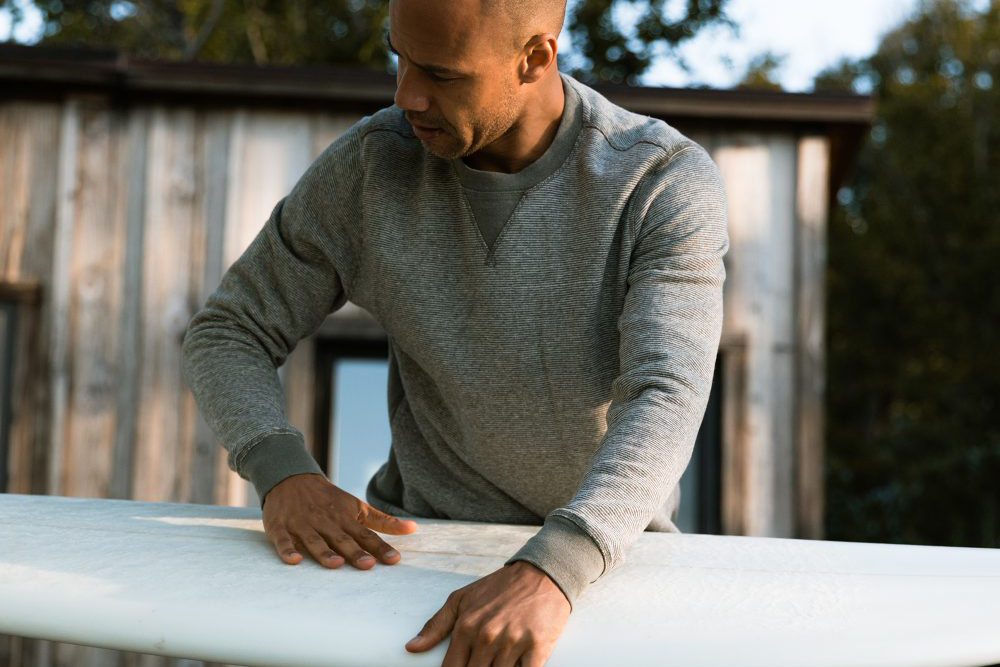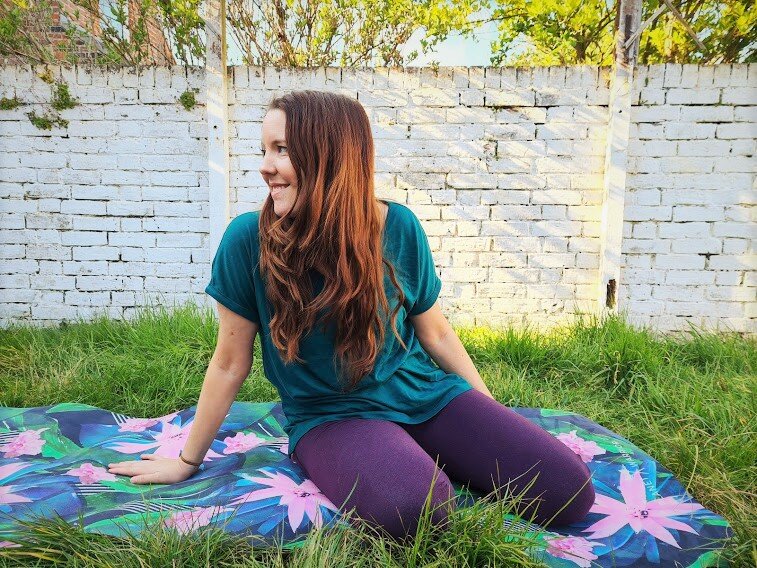Handy Advice On Picking Hemp Clothing
Wiki Article
Why Is Hemp More Biodegradable, Durable And Regenerative Than Eg Cotton?
Hemp due to its natural properties and the method of growing it is believed to be more durable and sustainable than cotton. Here's why- Biodegradability-
Natural Fibers - Hemp's fibres are biodegradable. Textiles and clothing made from hemp naturally decompose after being thrown away. They are returned to the environment, leaving no long-lasting leftovers. Compare this to synthetic fibers, like polyester, which can take hundreds of year to break down.
Hemp Textiles do not contain synthetic additives - Hemp fibers usually don't have any synthetic additives. However, some cotton textiles are treated using synthetic chemicals, such as dyes or finishes which can hinder the biodegradation.
Durability-
Hemp is known for its durability and strength. Textiles and clothing made of hemp tend to be less likely be damaged, and last longer than other cotton items. This means that hemp clothing can last longer before it begins to show signs of wear and wear and tear.
Hemp fabric is less susceptible to pilling, which results in the formation of tiny fuzzy balls at the fabric's surface. This characteristic is a major factor in their longevity as well as overall quality.
Regenerative Agriculture-
Soil Quality- Hemp is a regenerative plant when grown in a sustainable manner. Hemp cultivation sustainably has a deep-rooted system that can help prevent soil compaction. This root system can also help prevent erosion. This aspect of regeneration can improve the soil for future crop.
Low environmental impact - Sustainable hemp cultivation techniques require the use of only a few pesticides. Cotton farming is a traditional method that may result in soil degradation and water pollution as well as other environmental problems due to chemical use in synthetic forms.
Water Efficiency-
Low Water Requirements- Hemp generally needs less water than cotton for expansion. Because of its drought-resistant qualities hemp can thrive without much irrigation or rain. This makes it an ideal choice for areas that have limited water resources for example, those that are dry.
Hemp is a good crop to be included in rotational systems. It will help improve the health of soil and reduce the risk of developing diseases and soil loss. Crop rotation is less common in traditional cotton farming.
Hemp's versatility lets it be used in many different applications, including clothing, textiles paper, and other building materials. This implies that hemp cultivation is able to be used to support a variety of industries using sustainable and eco-friendly methods.
Although hemp has these benefits, it is essential to be aware that both cotton and hemp are grown sustainable or not, based upon farming practices and the processing methods used. Select hemp products that are produced using eco-friendly, ethical practices to reap the maximum environmental benefits. The use of organic cotton can also reduce some environmental problems that are associated with conventional production. Check out the recommended hemp clothes for blog info including patagonia iron forge jacket, hemp hoodie, hemp bathing suit, hemp tee shirts, hemp golf shirts, hemp button down shirt, patagonia hemp vest, afends jesse dress, dash hemp clothing, hemp garments and more.

What Is It That Makes Hemp Fibers Breathable And Moisture-Wicking?
Hemp fibers are water-wicking and breathable. They also possess thermoregulatory properties because of their distinctive chemical and structural properties. These properties result from the combination of the following aspects- Microscopic Structure- Hemp fibers have a hollow and porous structure which allows air to circulate through the fibers. This porosity allows them to be extremely breathable. When knitted or woven together, this fabric permits airflow. It aids in ventilation by preventing moisture and heat from being trapped on the skin.
Moisture Absorption and Wicking- Hemp fibers are hydrophilic and possess a strong affinity to water and absorb moisture easily. Wearing hemp-based clothing can help absorb sweat and moisture. This will stop the sensation of being wet. Additionally, hemp fibers are efficient in wicking water away from the body, dispersing it across a larger surface area of the fabric so that it evaporates more quickly. The properties of hemp that wick moisture away keep you dry and comfortable when doing physical activity or in hot conditions.
Hemp fibres possess natural insulation properties. If it's cold, they keep heat close to your body and offer warmth. In hot temperatures, they aid to cool down by allowing excess moisture and heat to escape. Its inherent thermoregulatory abilities makes hemp clothing suitable for a range of temperatures.
Hemp fibers have antimicrobial properties and are able to stop the growth of bacteria that cause odors. This is a factor in the freshness and quality of hemp clothing even during physical activity.
Hemp fibers have a long lifespan and are extremely durable. That means hemp clothing can withstand repeated washing and wearing without losing breathability or moisture-wicking properties. This prolongs the life of hemp clothes, reducing their requirement to replace them and the environmental impact.
UV Protection Hemp fibers shield the skin against harmful ultraviolet radiation. Being able to block UV rays make hemp clothing suitable for activities outdoors.
It is important to remember that these properties are inherent to hemp fibers and are not dependent on chemical treatments or other additives. Hemp has natural properties that makes it a sustainable and comfortable option for clothing. Since hemp fibers can be processed and then woven, they retain their natural qualities and make them a green, functional fabric. See the best hemp clothing examples for blog info including hemp t shirts wholesale, hemp garments, hemp clothing for men, patagonia work pants hemp, patagonia iron forge pants, patagonia iron forge jacket, hemp apparel wholesale, hemp dress, patagonia island hemp pants, hemp clothing womens and more.

What's the difference between hemp and bamboo fibers?
Two distinct fibers, bamboo and hemp, are used for textile production. Each is unique and comes with its own advantages and unique particularities. These are the major differences between bamboo and hemp fibers. Plant Source-
Hemp- Hemp is derived from the hemp stalks. Particularly the outer basts. Hemp is a versatile plant that grows quickly and has been used in the production of various products for centuries.
Bamboo Fibers- Bamboo fibers originate from the pulp. Bamboo is an extremely rapid-growing grass, renowned for its toughness and rapid renewal.
2. Fiber Characteristics-
Hemp- Hemp fibers are known for their strength and durability. They are strong natural fibers that soften and become softer after washing, which makes them suitable to make long-lasting textiles.
Bamboo fibers can be silky and soft. Although they aren't as sturdy as hemp fibers, and are more delicate in some cases however their suppleness to the skin is highly valued.
3. Texture & Feel
Hemp- Hemp has a slightly rough texture, particularly in its natural form. It can be very cozy, but it has quite different from bamboo.
Bamboo fabric is silky-smooth and very soft. It is often thought of as a mixture of silk and twill. This makes it extremely cozy.
4. Breathability, Moisture Wicking and Breathability-
Hemp- Hemp fibres are naturally air-tight, wicking moisture and permit air circulation. They absorb moisture and allow for air circulation. They can help you stay cool and dry in hot weather.
Bamboo fibers are also able to remove humidity and are highly air-tight. Micro-gaps in the fabric enhance the fabric's ability to regulate humidity and temperature and allow you to remain comfortable under varying conditions.
5. Environmental Impact-
Hemp Hemp is a kind of fiber which is considered green due to its requirement for minimal water, grows quickly, and has a high resistance to insects. It also reduces herbicide and pesticide usage. It is able to sequester CO2 from the atmosphere while it grows.
Bamboo- Bamboo is known for its long-lasting nature. It is fast-growing, uses very little water and is able to be grown without pesticides or herbicides. Certain species of bamboo like Moso Bamboo, are considered to be extremely sustainable.
6. Processing-
Hemp- Hemp requires extensive processing in order to separate its outer bast fibers (outer woody core) from the inner woody fibers. Processing can include decoration, retting, or mechanical separation.
Bamboo- Bamboo fibres are generally obtained via an enzymatic process known as the viscose or rayon process. It is done by using chemicals to break bamboo into pulp. If not properly controlled this process can be harmful to the natural environment. But some bamboo fabric make use of closed loop systems to minimize the amount of waste.
7. Versatility-
Hemp- Hemp fibres can be used for a range of applications, including clothes, textiles and even paper. They are also great building materials.
Bamboo fibers are used in many products, including towels and bedding.
Both bamboo and hemp possess distinctive properties that provide the benefits of sustainability. The decision between them is based on the specific qualities and characteristics you want in a product made of textiles and your preferences for the environment. Take a look at the most popular bamboo clothes for website recommendations including bamboo cay shirts, childrens bamboo socks, bamboo clothing leggings, bamboo apparel wholesale, ladies bamboo t shirts, dixxon bamboo shirt, bamboo cotton pajamas, bamboo material clothing, women's freefly apparel, bamboo brand jeans and more.
